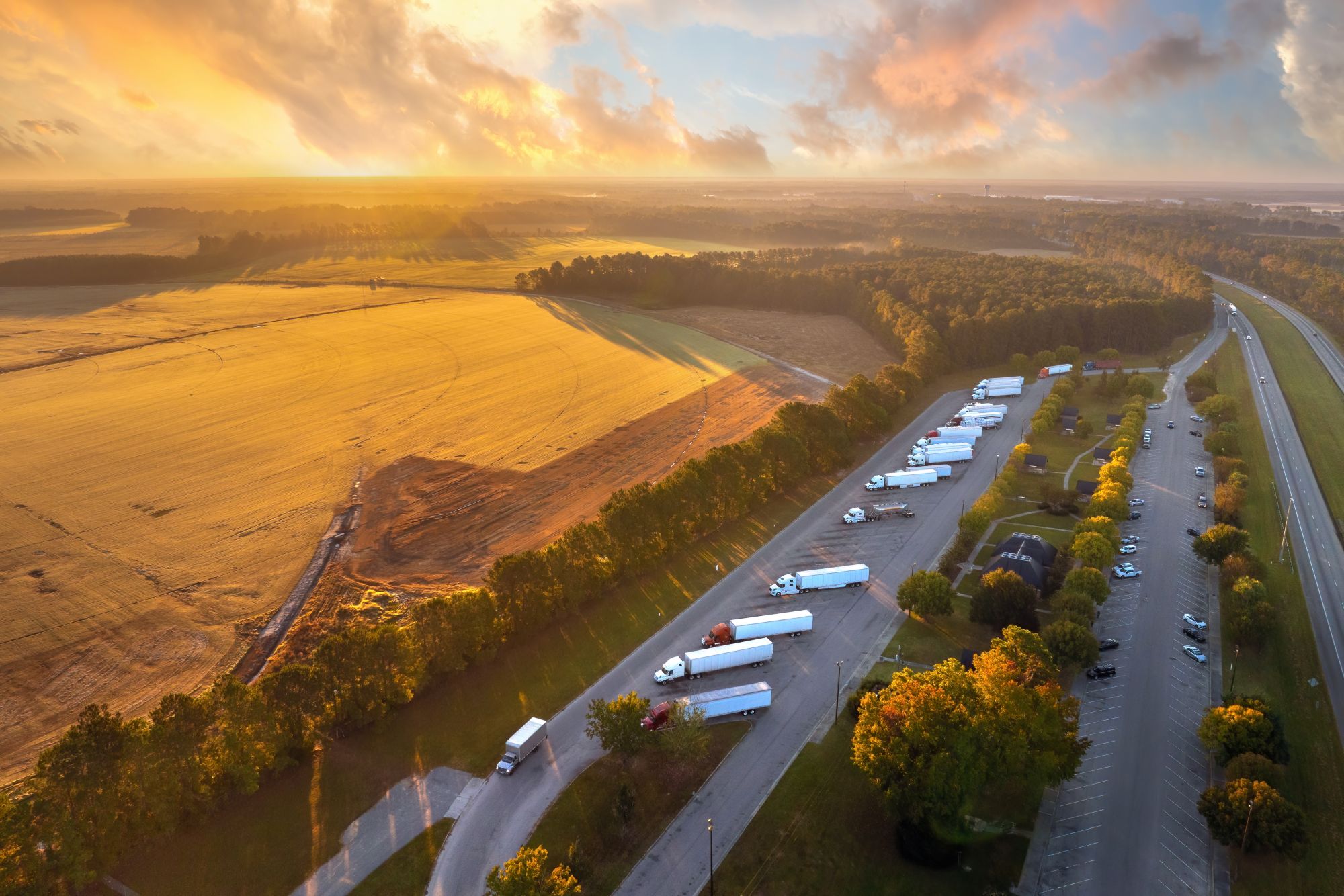
Miranda Blake
Optimisation des itinéraires grâce à un logiciel de gestion de flotte - Compte SNAP
Créée: 18/11/2024
•
Mise à jour : 18/11/2024
L'optimisation des itinéraires est primordiale pour les opérateurs de flotte qui recherchent l'efficacité et la rentabilité. SNAP Account propose une approche complète de l'optimisation des itinéraires, permettant aux conducteurs et aux gestionnaires de flotte de naviguer facilement sur les routes complexes. Examinons les différents aspects de l'optimisation des itinéraires, en soulignant ses avantages et son impact global.
Comprendre l'optimisation des itinéraires
L'optimisation des itinéraires implique une planification stratégique des trajets afin d'accroître l'efficacité, de réduire les coûts et d'améliorer la prestation de services. L'objectif principal est de déterminer les meilleurs itinéraires pour les véhicules, en tenant compte de facteurs tels que la distance, les schémas de circulation et les horaires de livraison.
Importance de l'optimisation des itinéraires
- Réduction des coûts : en minimisant la distance et la durée des trajets, les entreprises peuvent réduire de manière significative leurs dépenses en carburant et l'usure de leurs véhicules.
- Satisfaction accrue des clients:** Les livraisons en temps voulu renforcent la confiance et la satisfaction des clients, ce qui se traduit par une fidélisation de la clientèle.
- Augmentation de la productivité:** Des itinéraires efficaces permettent aux conducteurs d'effectuer plus de tâches en moins de temps, ce qui stimule la productivité globale.
Facteurs clés de l'optimisation des itinéraires
- Les données en temps réel peuvent aider à ajuster les itinéraires de manière dynamique.
- Les capacités des véhicules:** La compréhension des limites et des capacités de chaque camion est cruciale pour une planification efficace.
- Les fenêtres de livraison : le respect d'horaires spécifiques est essentiel pour la satisfaction des clients.
Optimisation des itinéraires avec SNAP Account
Notre [logiciel de gestion de flotte] (https://snapacc.com/fleet-operators/), SNAP Account, est révolutionnaire. Conçu pour rationaliser divers aspects des opérations, y compris l'optimisation des itinéraires, il relie les conducteurs, les opérateurs de flotte et les prestataires de services par le biais d'une plateforme intégrée. Il garantit ainsi une communication et une efficacité sans faille.
Informations en temps réel sur les relais routiers
Grâce à l'application intruck et à notre carte, nous donnons accès à un réseau de plus de 600 partenaires de services à travers l'Europe, y compris des parkings pour camions, des stations de lavage et des stations-service. Ces informations peuvent aider les opérateurs de flottes à planifier des trajets plus efficaces en identifiant des lieux d'arrêt pratiques.
[Chauffeur de camion dans la cabine utilisant l'intruck] (https://prodsnapstorage.blob.core.windows.net/public-news/38d23e28-4f36-4c83-bf12-794ea6702b2d-Truck%20driver%20in%20cab%20using%20intruck.jpg)
Capacités de pré-réservation
La plateforme permet aux utilisateurs de réserver des places dans plus de 160 parkings de dépôt, ce qui peut les aider à éviter les pertes de temps et à optimiser leurs itinéraires pour inclure les arrêts réservés à l'avance.
Réseau de services complet
Avec le compte SNAP, les conducteurs peuvent accéder à divers services tels que le stationnement, le lavage et le ravitaillement en carburant dans de nombreux endroits à travers l'Europe. Ce vaste réseau peut contribuer à une planification plus souple et plus efficace des itinéraires.
Gestion numérique
Notre portail permet aux opérateurs de flottes de gérer plusieurs services de camions pour tous leurs véhicules sur un seul compte.
Intéressé par la manière dont SNAP Account améliore la gestion de flotte dans la pratique ? [Découvrez ce que nous avons fait pour Delintra SP. Z.O.O] (https://snapacc.com/newsroom/efficiency-on-the-road-how-delintra-sp-zoo-are-optimising-their-fleet-with-snap/).
Rôle de la gestion des carburants
Une gestion efficace du carburant fait partie intégrante de l'optimisation des itinéraires. SNAP Account intègre des outils qui aident les flottes à surveiller et à contrôler la consommation de carburant.
Carte de carburant alternative
Alternative aux cartes de carburant traditionnelles, [SNAP Fuel] (https://snapacc.com/snap-fuel/) permet une gestion transparente du carburant.
- Transparence des coûts:** Les opérateurs de flotte peuvent accéder à des rapports détaillés sur les dépenses, ce qui les aide à identifier les tendances et les domaines à améliorer.
- En partenariat avec Certas Energy, nous sommes en mesure d'offrir aux utilisateurs du compte SNAP des tarifs réduits sur le carburant, ce qui permet de réduire davantage les coûts d'exploitation.
Améliorer l'expérience du conducteur
Un itinéraire bien optimisé ne profite pas seulement à l'opérateur de la flotte, mais améliore également l'expérience globale des conducteurs.
Simplification des processus de paiement
La plateforme rationalise ces processus pour les conducteurs, en éliminant le besoin d'argent liquide ou de cartes de carburant.
- Ils peuvent payer les services en utilisant le numéro de la plaque d'immatriculation de leur véhicule, ce qui simplifie les transactions.
- Diminution de la paperasserie:** Toutes les dépenses sont regroupées en une seule facture, ce qui réduit les charges administratives.
Alors que l'industrie continue d'évoluer, l'adoption des avancées technologiques sera cruciale pour rester compétitif. Les opérateurs de flotte qui cherchent à optimiser leurs itinéraires et à améliorer leur efficacité globale devraient envisager d'adopter SNAP Account comme principale solution de gestion de flotte. Non seulement cette solution améliore les performances opérationnelles, mais elle contribue également à un avenir plus durable pour l'industrie du transport.
Si vous souhaitez récolter les fruits de ces efforts dans le cadre de vos propres activités, contactez-nous en appelant le +44 (0)1603 777242.



